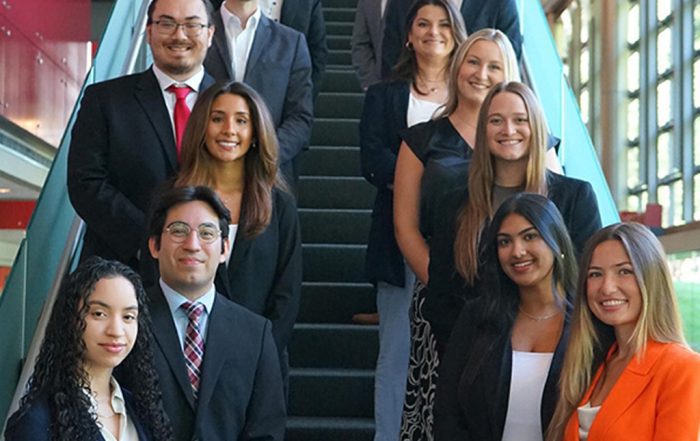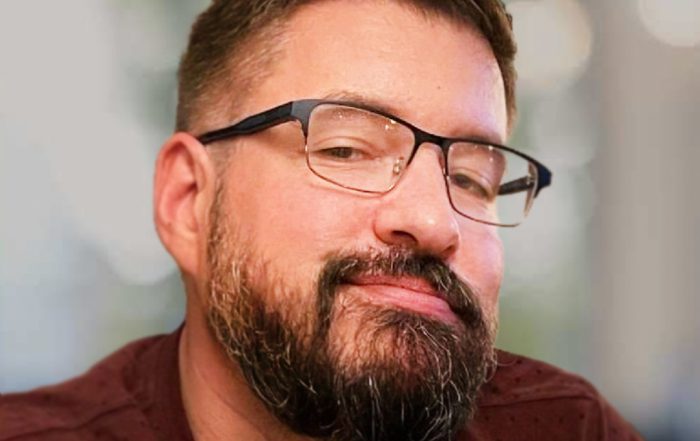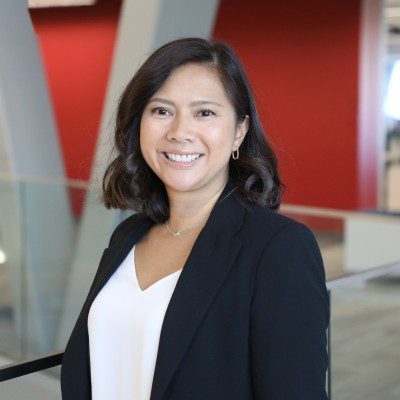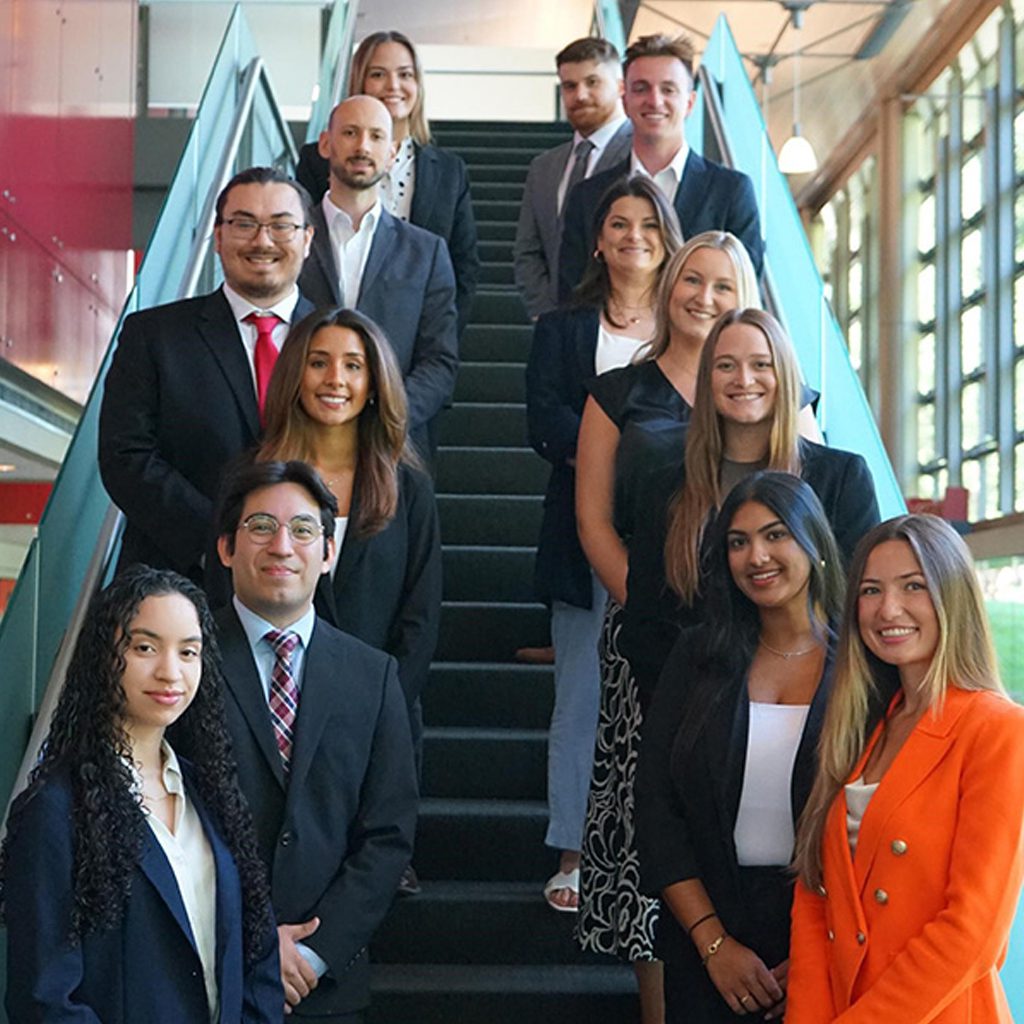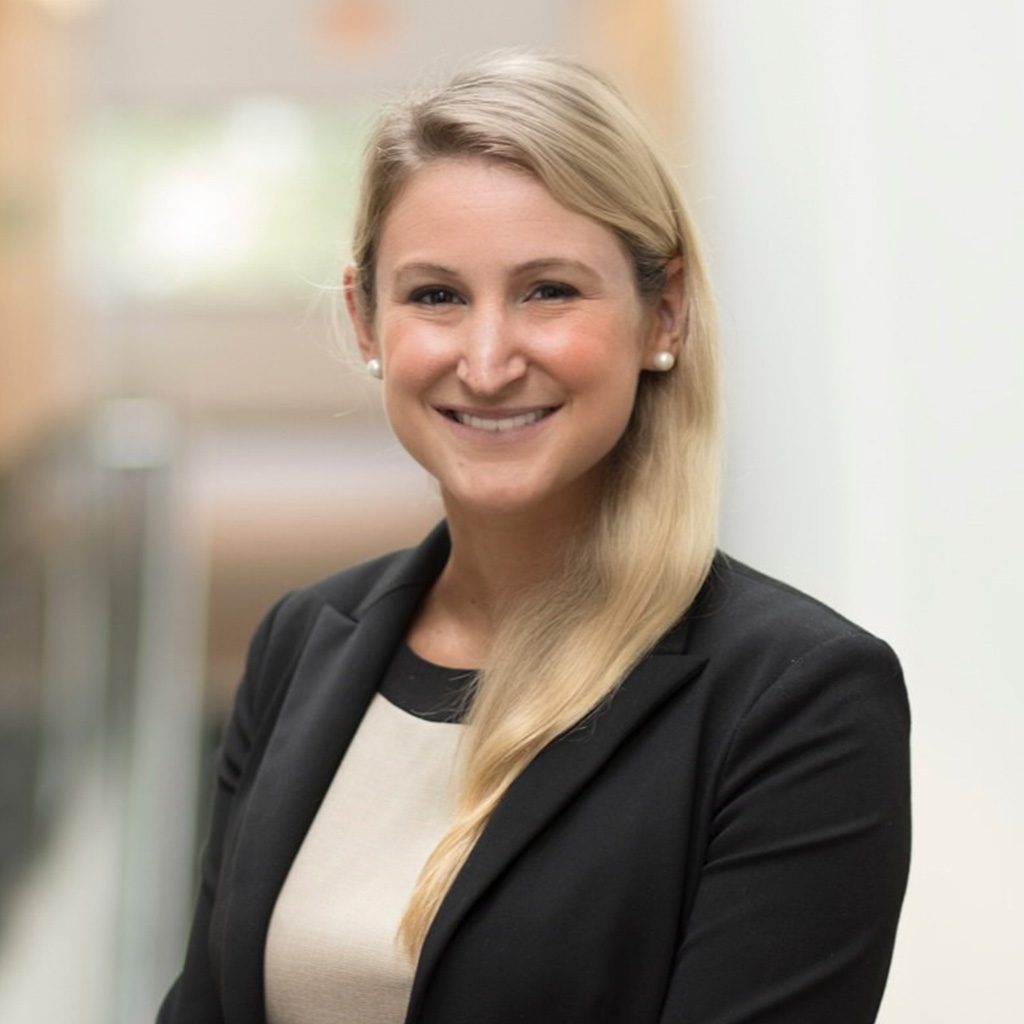Careers Blog
Our engineers see the big picture
Share
Related posts

When I began my career twenty years ago, the development landscape was vastly different from today—we relied on Waterfall methodologies, extended-release cycles, and monolithic architectures. Collaboration tools were rudimentary, and the concept of DevOps was still in its infancy. Over the years, I have witnessed and contributed to the evolution of our field, moving toward Agile practices, continuous integration/continuous deployment (CI/CD), microservices, and the full adoption of DevOps principles.
When I joined Vanguard’s London office in 2021, leading the transformation of client journeys, I was impressed and excited to see where Vanguard was in this evolution. Our software engineers sit on product teams who see the big picture—the entire client journey.
You build it, you run it
At Vanguard, we’ve fully integrated DevOps into our workflows where developers are not only responsible for writing code, but also for deploying and maintaining it in production. This end-to-end ownership means they consider the long-term implications of their work, including performance, security, user experience, and production support. When issues arise, the same team that developed the software is on hand to diagnose and resolve them. This not only speeds up problem resolution, but also creates a feedback loop where developers learn from real-world usage and can make more informed decisions in the future.
This ownership means teams have a lot of autonomy to solve problems. As I like to joke, you’re more accountable when you’re the one getting called to fix something! This cultural shift fosters ownership, responsibility, and continuous improvement seen through:
- Proactive problem solving: Knowing that they will support their code in production, developers are more meticulous and proactive in identifying and mitigating potential issues during development. We work closely with our Run teams in setting up alerts, monitoring, and failure thresholds.
- Continuous learning: The feedback loop created by continuous delivery and production support encourages constant learning and adaptation. Developers are exposed to the full lifecycle of their applications, providing invaluable insights that drive innovation and improvement.
- Collaboration: With cross-functional product teams, there’s no gap between development and operations—everyone is working toward the same goals, reducing friction and maximizing communication.
Product ownership improves client and crew satisfaction
By taking ownership of the entire product lifecycle, our teams are more invested in the success of their work. This investment translates into higher-quality software, faster delivery times, and more reliable production systems. Customers benefit from more responsive and resilient services. Issues are resolved quickly and new features are delivered more frequently. The continuous feedback loop allows us to stay aligned with customer needs and industry trends, ensuring our products remain competitive and relevant.
Looking back on my two decades in software engineering and development, I feel a deep sense of pride in our achievements and a keen anticipation for what lies ahead. The transition to genuine DevOps marks one of the most profound shifts I’ve witnessed, revolutionizing our approach to software creation and maintenance. As technology progresses, I am certain that the principles of accountability, ownership, and continuous enhancement will continue to be key to Vanguard’s success. Adopting these principles has not only revolutionized our products but has also enhanced my own professional experience. Vanguard cultivates an environment of innovation, responsibility, and excellence, with an eye on the big picture—which is to give clients the best chance for investment success.
– Sonia M.








